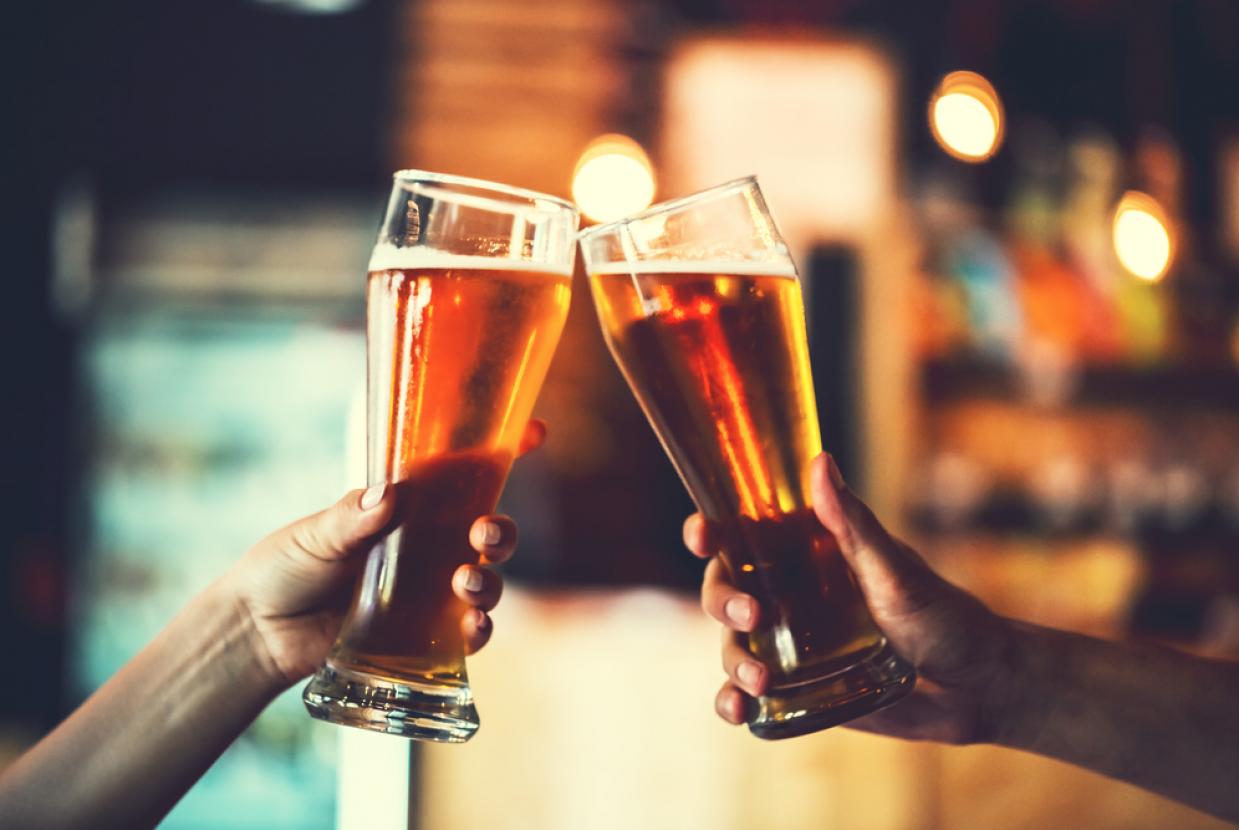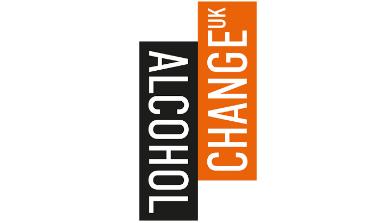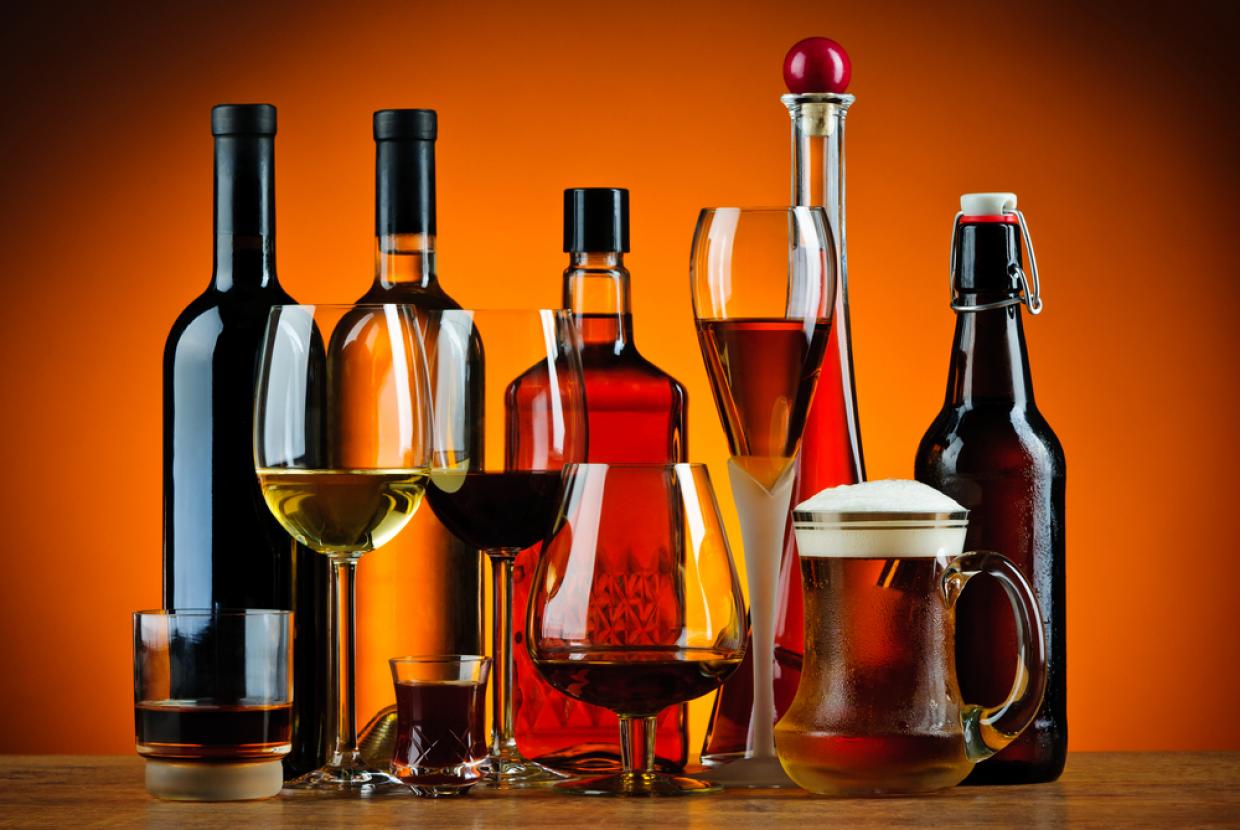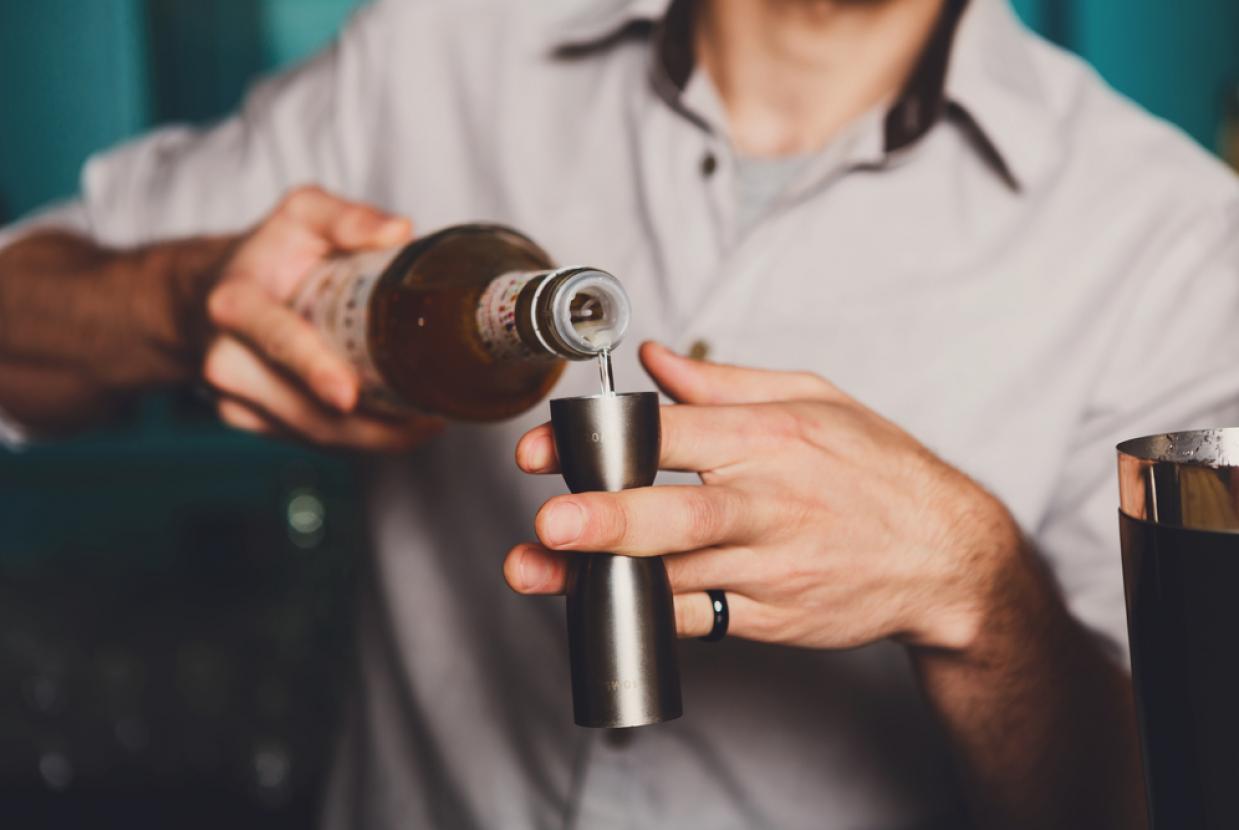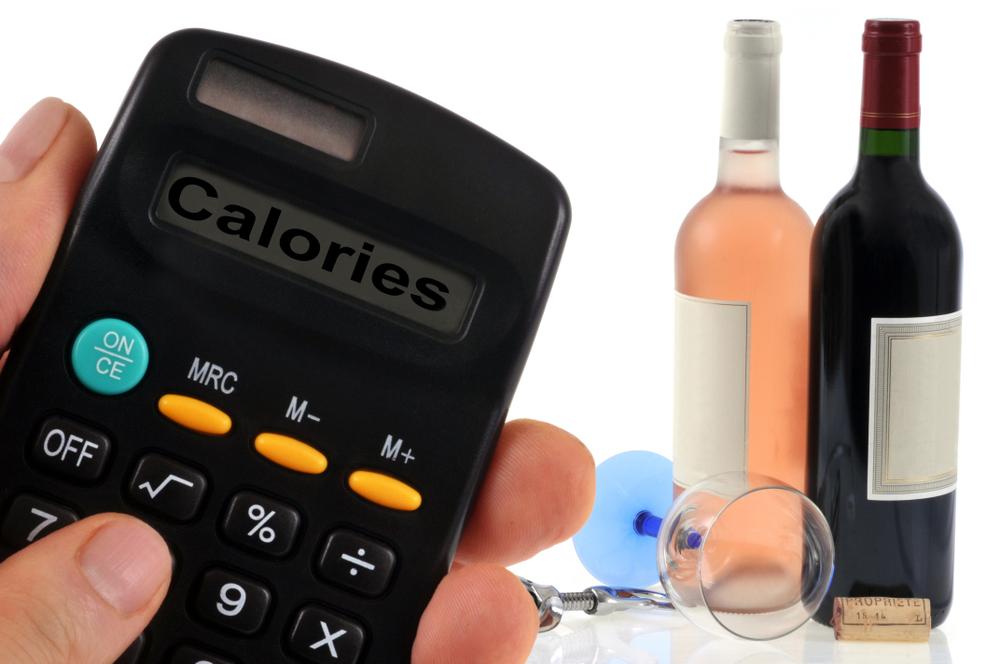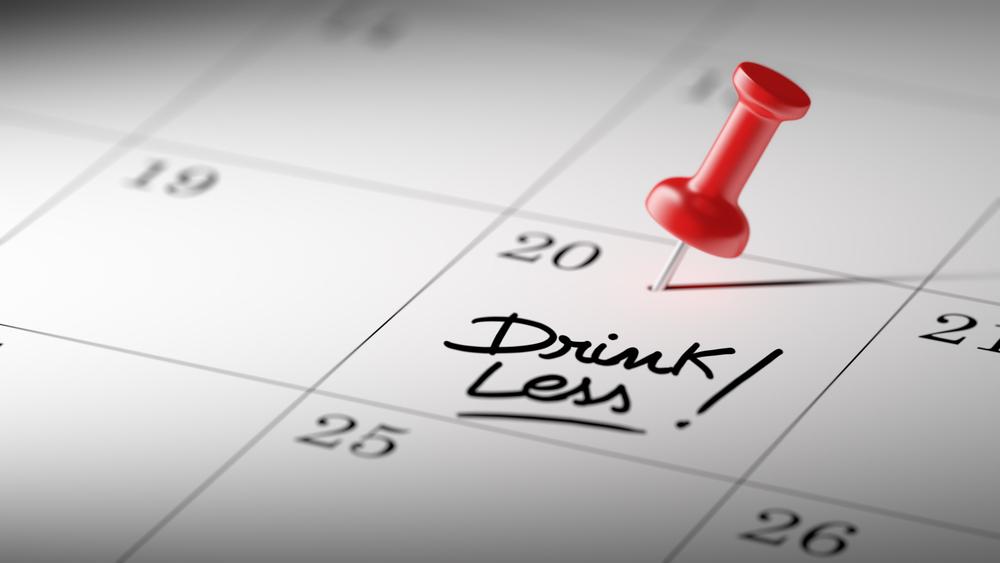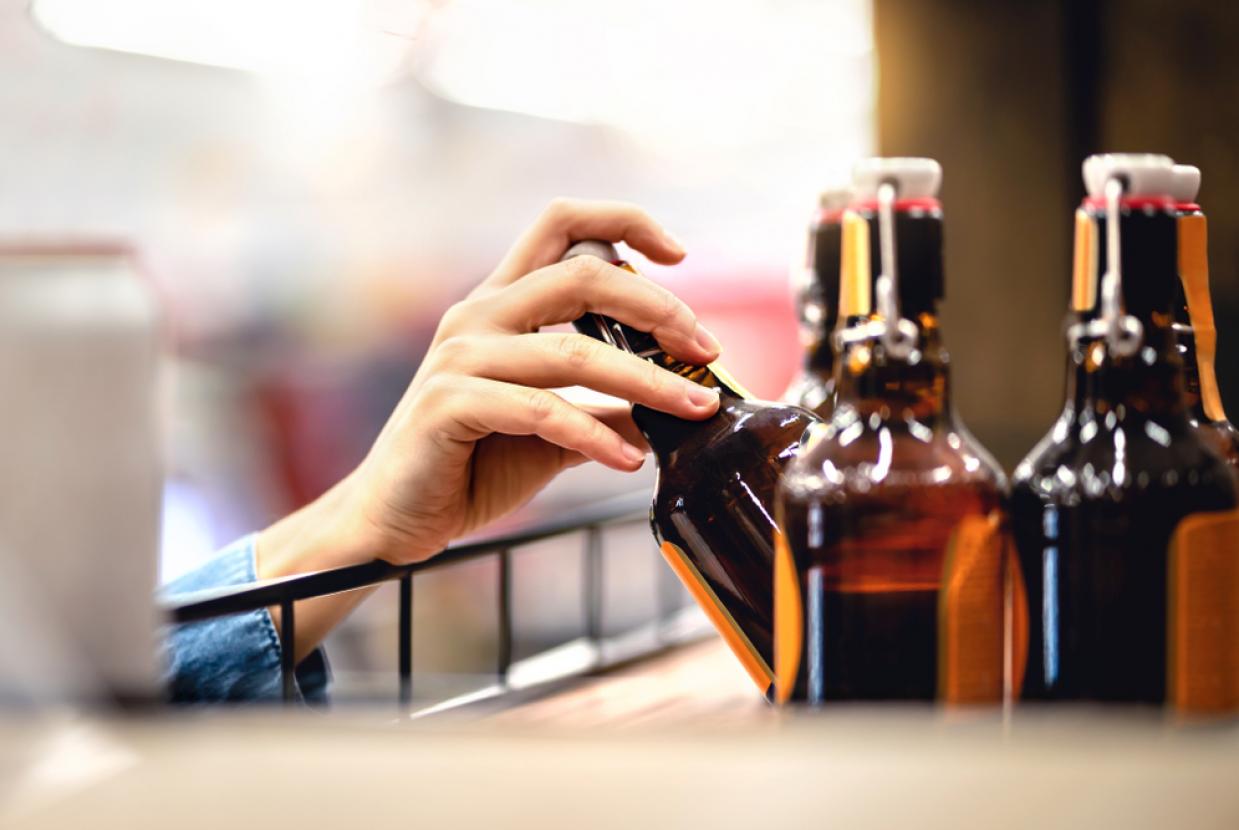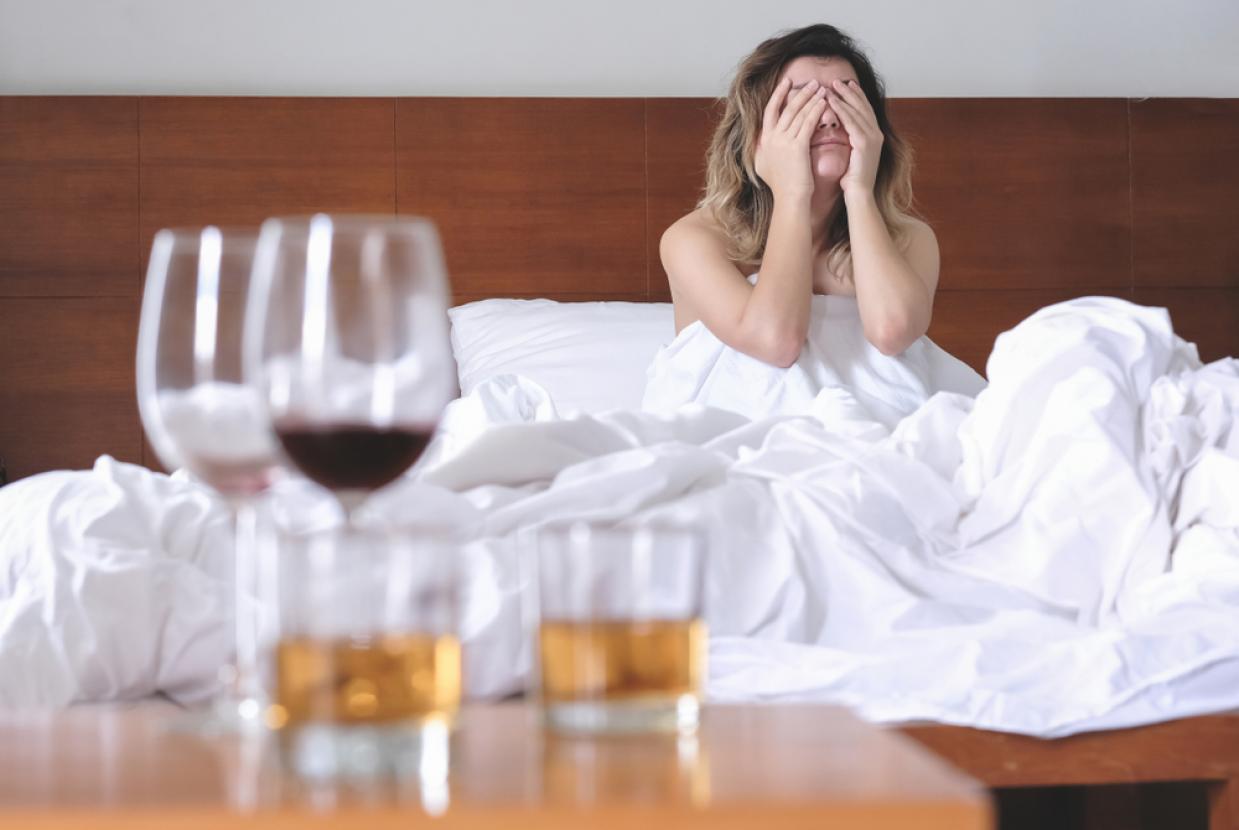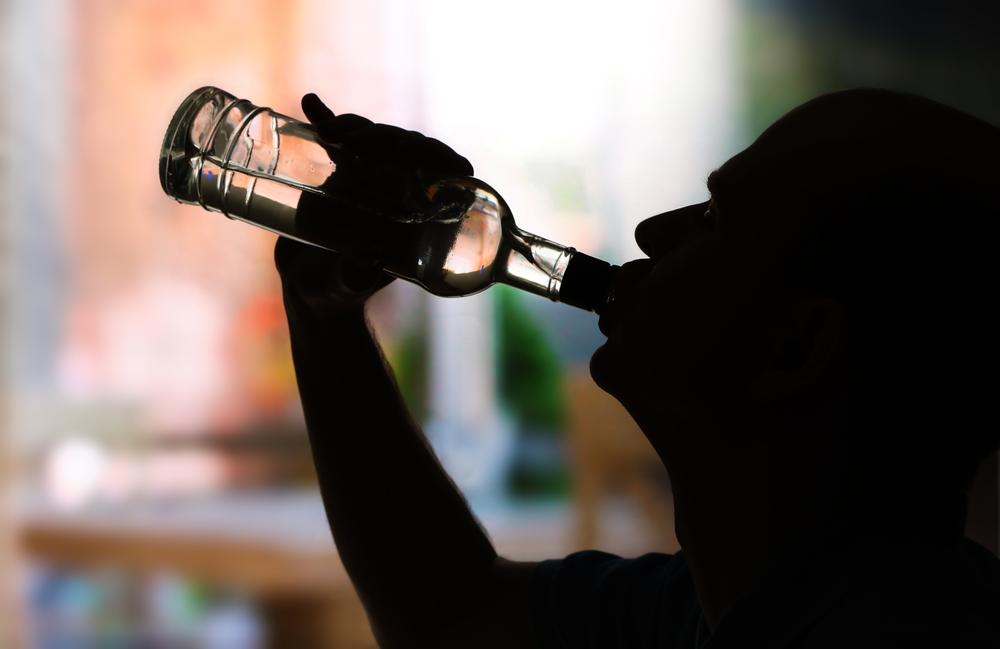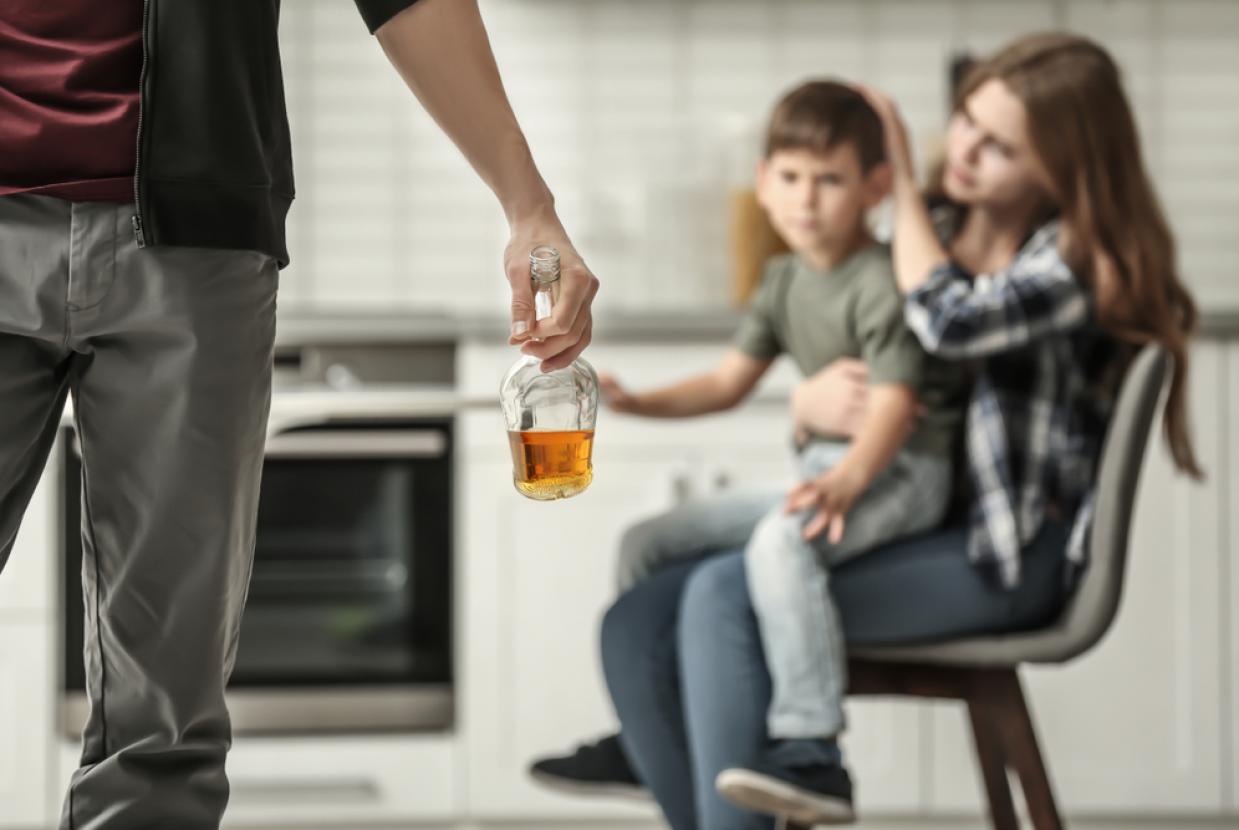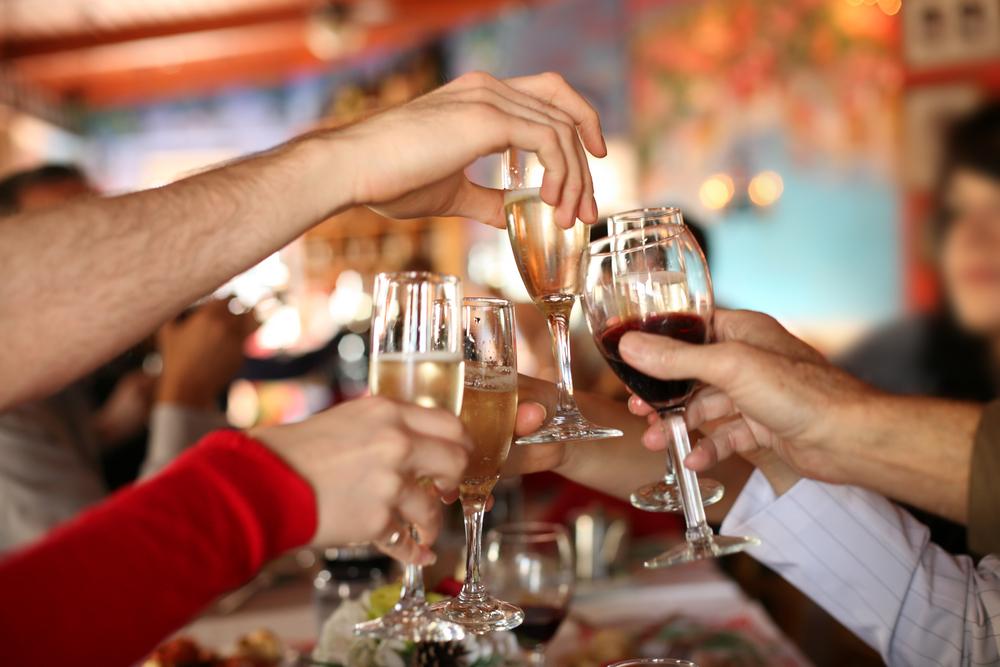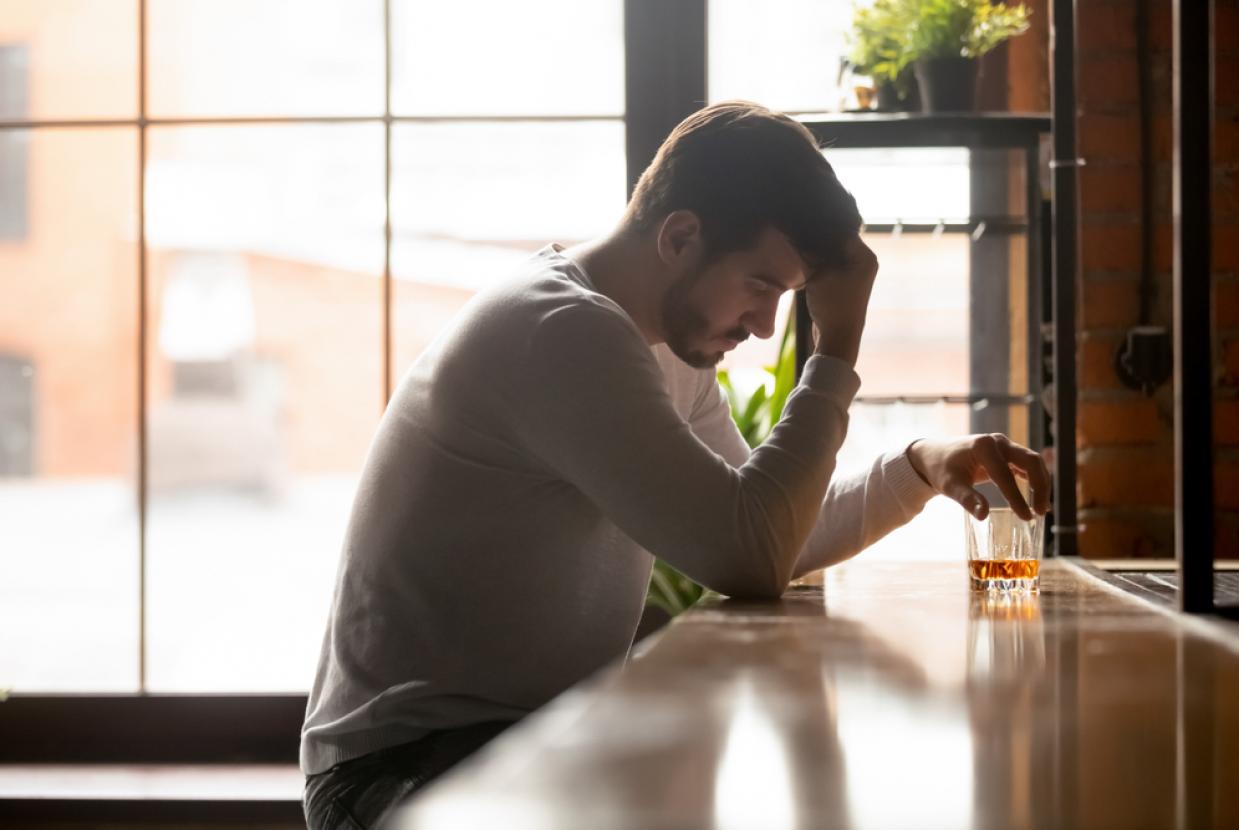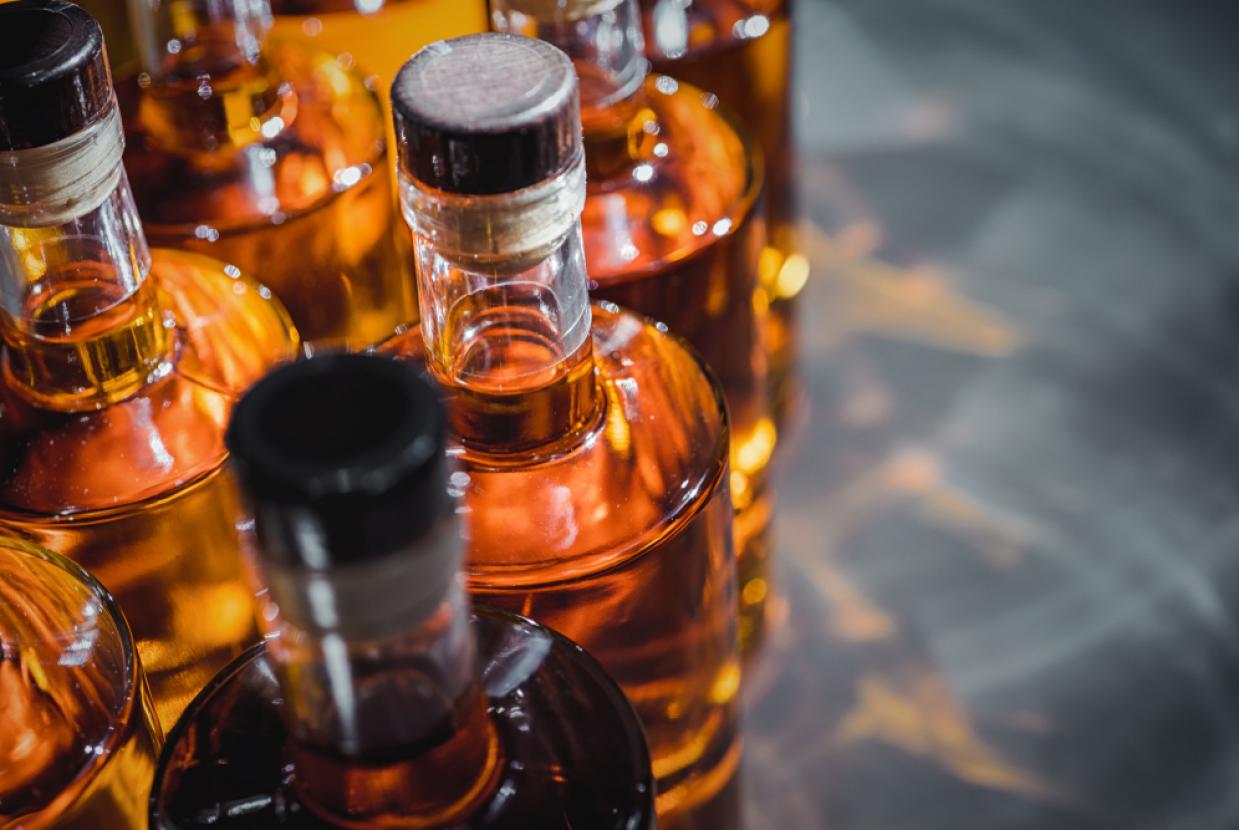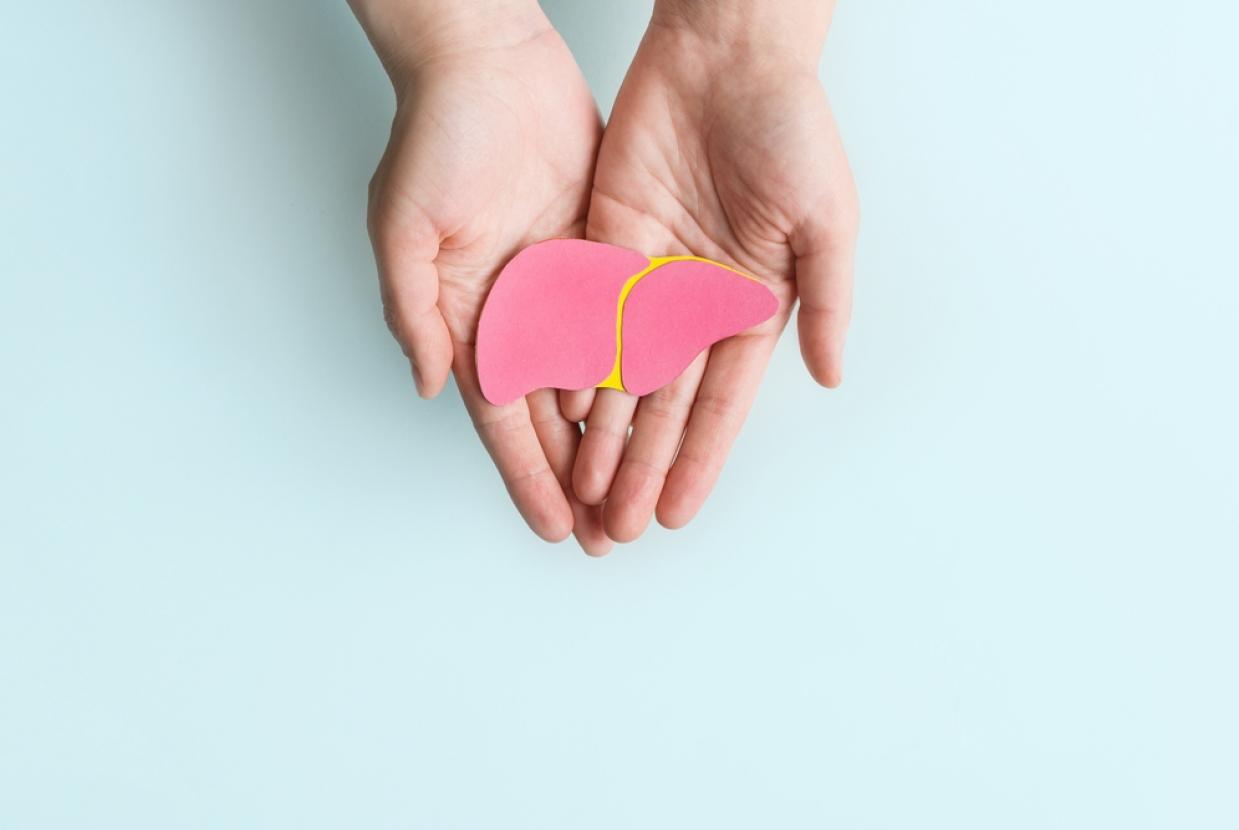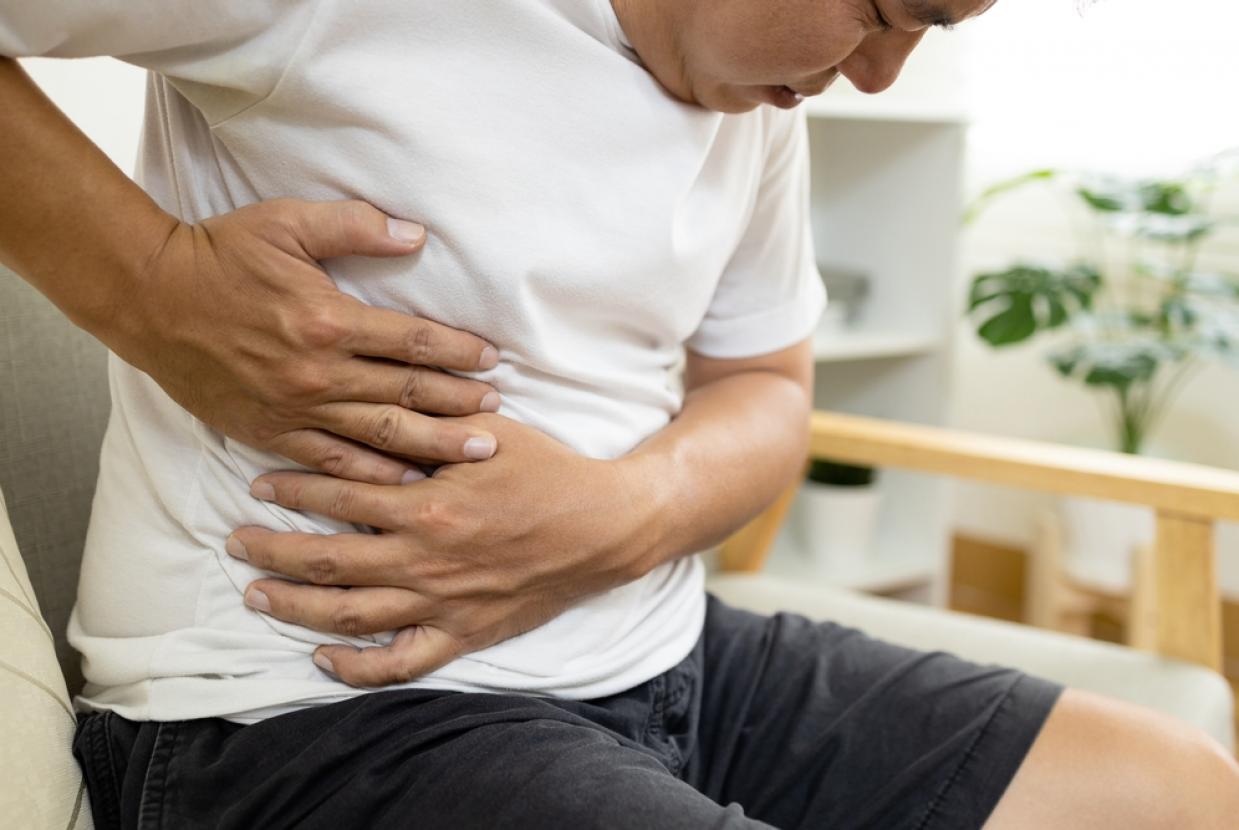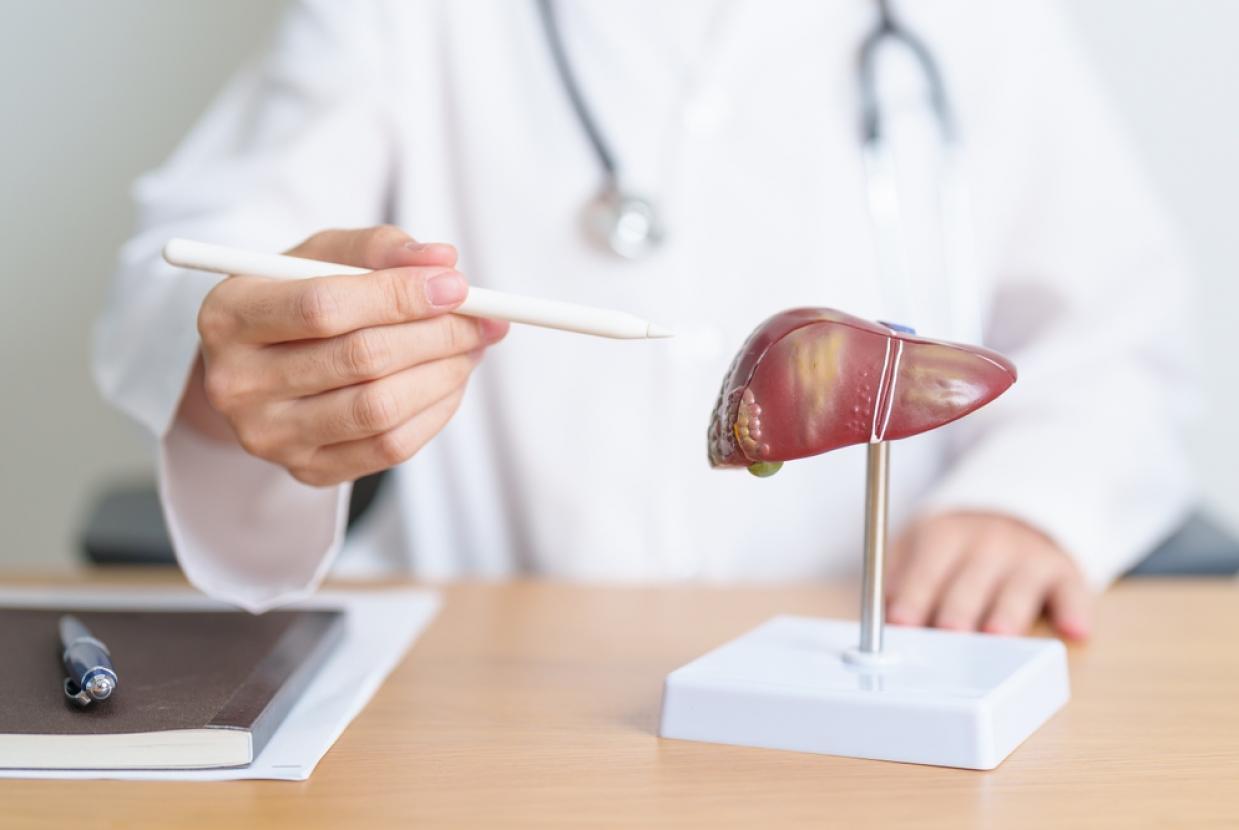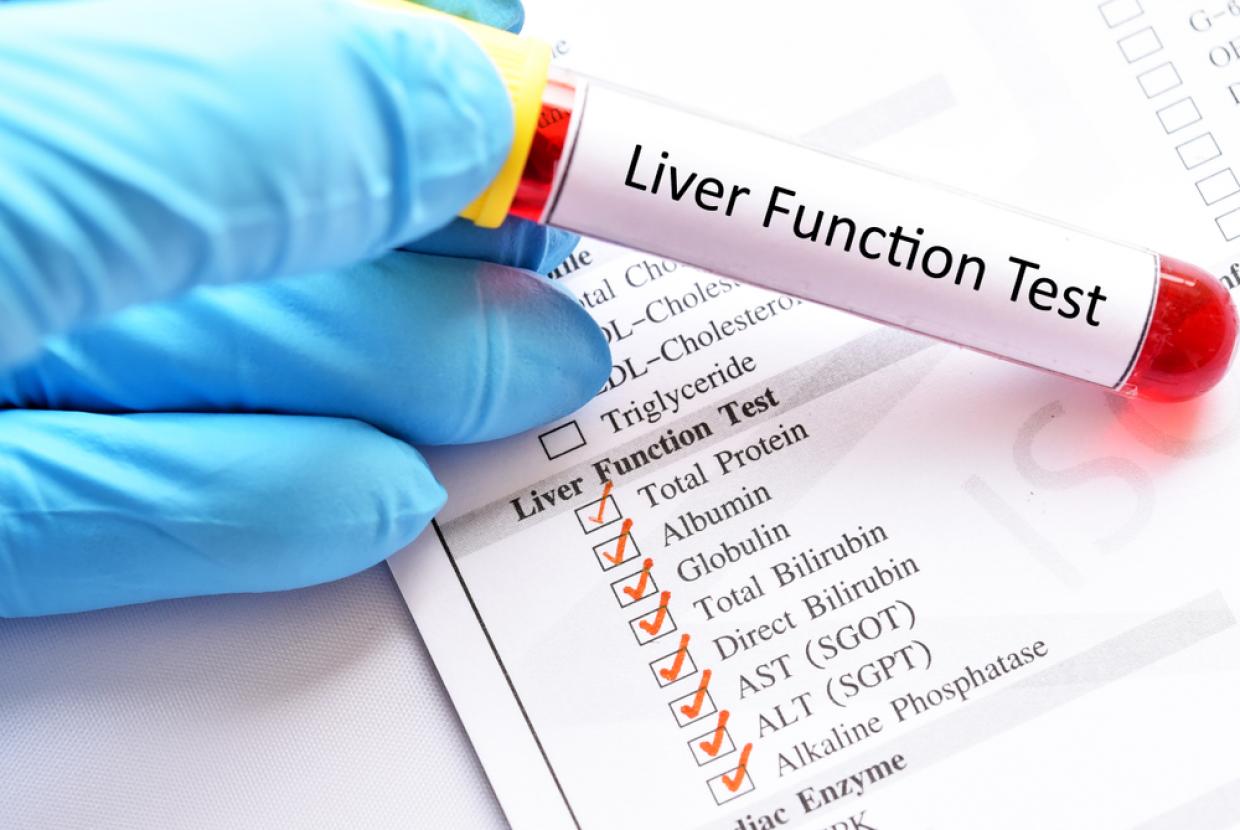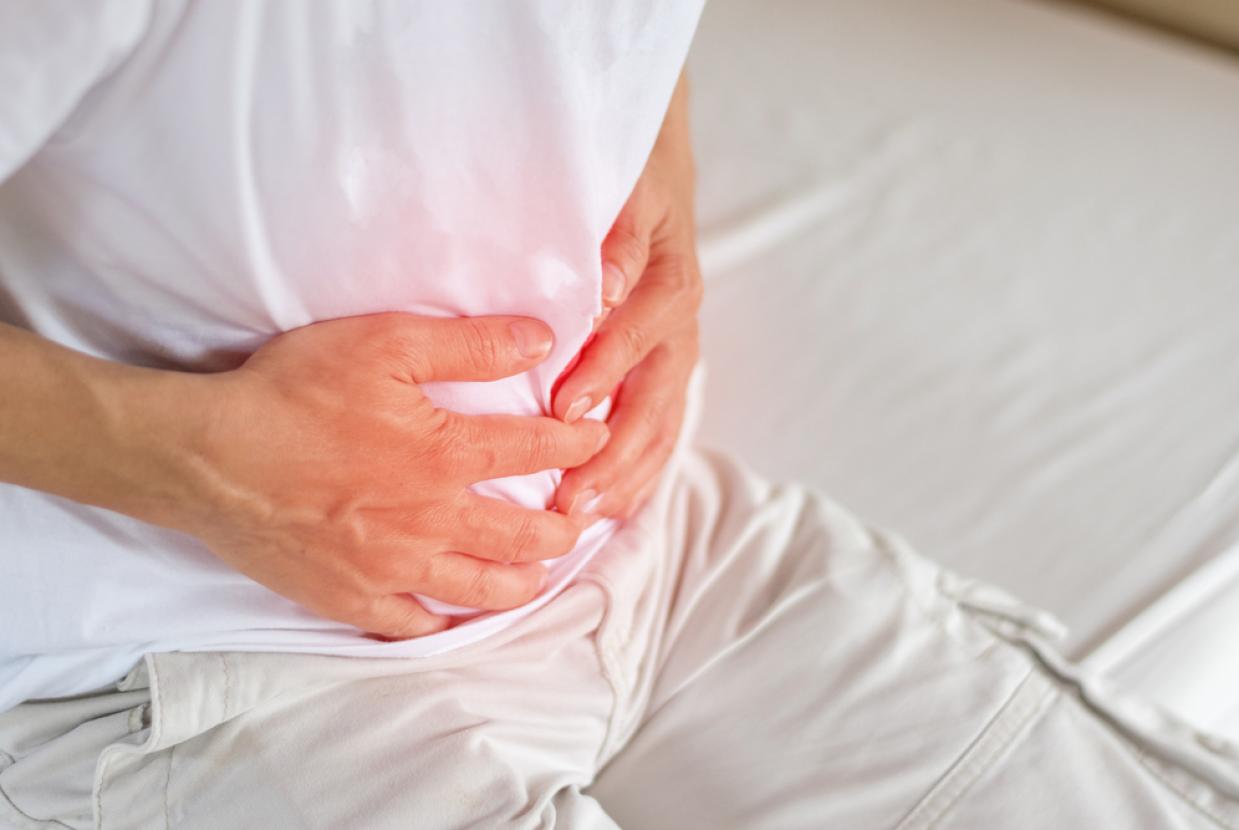Drinking Trends in The UK
Why track drinking trends?
From sleepless nights and high blood pressure to anxiety and cancer, alcohol adversely affects our physical and mental well-being. Monitoring the trends in alcohol consumption across the nation over time enables us to pinpoint which demographics are especially at risk of alcohol harm, and how societal perceptions of drinking and its associated harms are evolving. This factsheet is updated each year and is based on official statistics and academic studies.
How much alcohol do UK adults drink?
It is estimated that in the UK, adults consume 10.7 litres of pure alcohol per person per year on average, equivalent to around 21 UK units per week (1 unit = 10ml of pure alcohol, roughly half a pint of beer or a small glass of wine).
Who drinks – and who doesn’t?
About four in five (80%) adults report drinking alcohol, meaning one in five (20%) do not drink alcohol.
Men are more likely to drink alcohol than women: 83% of men drank alcohol in the last year, compared to 78% of women. Men are also more likely to regularly drink above the weekly low-risk guidelines of 14 units: 32% of men reported drinking more than 14 units in the past week, compared to 15% of women.
Do we still ‘binge drink’?
Rates of heavy episodic drinking (sometimes referred to as ‘binge drinking’) for men, which is defined as drinking 8 or more units of alcohol in a single session, have remained steady in recent times. In 2022, 19% of men reported consuming more than 8 units on any one day in the previous week, compared to 20% of men in 1998. However, amongst 16-24 year old men, the proportion has fallen significantly from 37% in 1998 to 17% in 2022.
Rates of ‘binge drinking’ for women (defined as drinking 6 or more units of alcohol in a single session) have increased overall. In 2022, 15% of women reported consuming more than 6 units on any one day in the previous week, compared to 7% of women in 1998.
What has happened since the COVID-19 pandemic?
Data from the UK indicated that around 20% to 33% of individuals reported drinking more alcohol during the lockdown compared to before, while a comparable percentage reported drinking less. Those drinking more tended to be heavier drinkers and more likely to come from lower socio-economic backgrounds. Since then, drinking behaviours have begun to return toward pre-pandemic levels for people from more advantaged backgrounds, but this has not been the case for those from lower socio-economic backgrounds.
Shifting cultural and social trends
Increasing proportions of the adult population report participating in the Dry January challenge to abstain from alcohol to reset habits and boost wellbeing. Between 2019 and 2024, the number of people planning an alcohol-free January more than doubled from 4.2 million to 8.5 million.
There has been a noticeable increase in younger people not drinking alcohol; in 2022, 26% of 16-24 year olds reported not drinking alcohol in the previous 12 months, compared to 19% in 2011. Similarly, the number of people in this age group exceeding the weekly low-risk guidelines of 14 units decreased from 22% to 19% during the same period.
Why are some people drinking less?
Between 2017 and 2024 in England, adults drinking at risky levels reported various reasons for attempting to reduce their alcohol consumption. Health concerns were the most frequently cited motivation. Other commonly reported factors included cost and social factors, such as pressure from family and friends.


